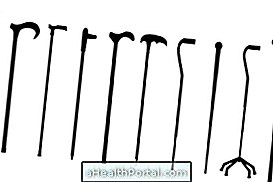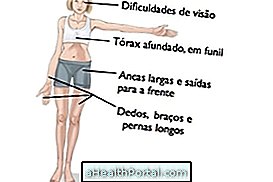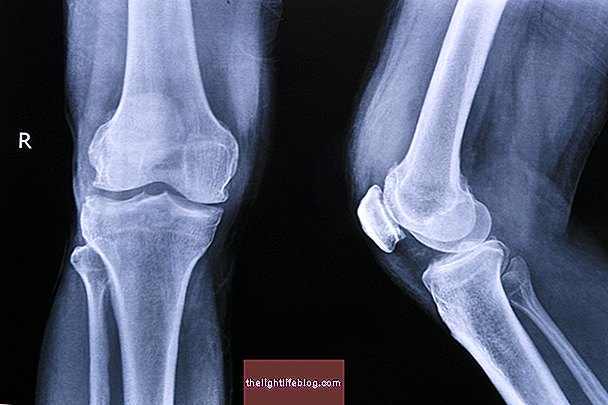To walk with the cane correctly you should position it on the opposite side of the injured leg, because when placing the cane on the same side of the injured leg the individual will put the weight of the body on top of the cane, which is incorrect.
The cane is an extra support, which improves the balance avoiding the fall, but it is important that it is used correctly so that it does not cause pain in the wrist or the shoulder.
The essential care to use the cane correctly is:
- Adjusting the height of the cane: The upper part of the cane should be at the same height as the patient's wrist, when his arm is stretched;
- Use the bungee cord around the wrist so that the walking stick does not fall to the floor if you need to use both hands;
- Position the cane next to the body so as not to trip over it;
- Do not walk on the wet floor and avoid the carpets;
- Be careful when entering the elevator and using the stairs to avoid falls. Calmness and balance are essential at this time, but if you fall, you should ask for help to get up and move on, but in case of pain it is important to consult an orthopedist. Here's how to relieve the pain of falling in: 5 Tips to Relieve Knee Pain.


Who should use cane
The use of the cane is recommended for all who need more balance to stand or walk.
A good test to know if an individual needs to use a walking stick is to check how long he can walk 10 meters. The ideal is to walk 10 meters in 10 seconds or less. If the patient needs more time, it is recommended to use the cane to give more balance.
The best walking sticks are those with rubberized ends that allow height adjustment. Usually aluminum canes have 'little holes' to adjust the height, but the wooden walking sticks can be cut to size.
See too:
- How to prevent falls in the elderly
- Stretching Exercises for Seniors


























